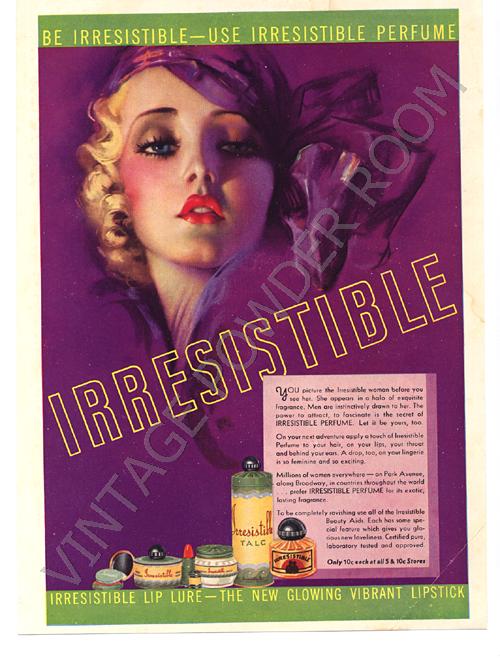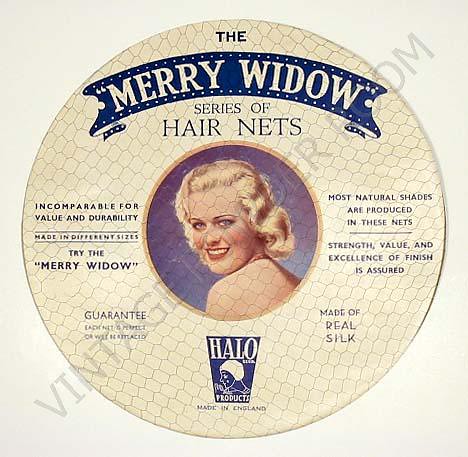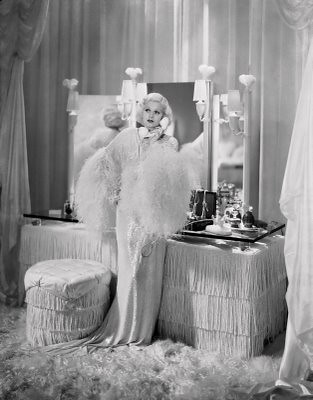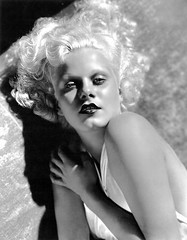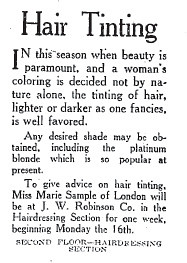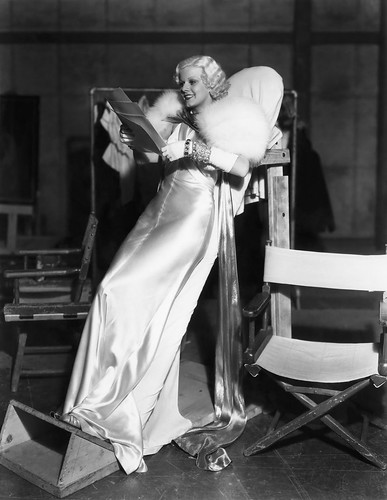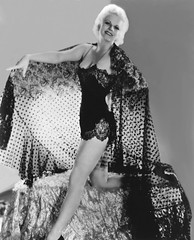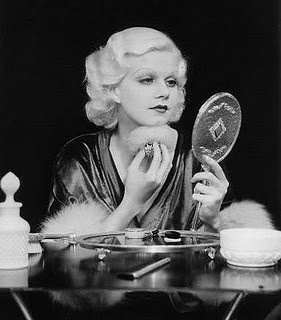Mon 19 Sep, 2011
IRRESISTIBLE
Comments (2) Filed under: AdvertisementsTags: 1930s, 1940s, Carole Lombard, Earl Moran, Fred MacMurray, Gil Elvgren, Howard Hughes, Jane Russell, pin-up, Playtex, pulp artists, Rolf Armstrong, Spicy Mystery, The Outlaw, Zoe Mozert
You wouldn’t be surprised if a knock-out blonde with a gorgeous shape became a pin-up model. But what would you think if that same blonde also became a pin-up artist? You might think it’s impossible and that only a man would pursue a career as a pin-up artist; but you’d be wrong. There were a few female pin-up artists during the golden age of pin-up, and the most famous of them was Zoe Mozert. The stunning illustration used in the IRRESISTIBLE advertisement above is representative of Zoe’s work.
Zoe Mozert was born Alice Adelaide Moser on April 27, 1907 in Colorado Springs, Colorado. Her father was a mechanical engineer who invented and patented a design for a cast-iron stove vent. Her father’s invention brought the family modest wealth, and as a result Zoe was able to attend a private boarding school in Virginia.
Following high school Zoe enrolled in the LaFrance Art School. One of her fellow students was John W. Scott. Scott would become a free-lance pulp artist. His work appeared on the covers of “Uncanny Tales”, “Western Story”, “Marvel Tales” and many others.
From 1925 to 1928 Mozert was enrolled in advanced classes at the Philadelphia Museum School of Industrial Art. She paid for her tuition by modeling at the school, and she also modeled for her herself! Zoe would photograph herself or set up a mirror in order to capture her pose — she must have saved a fortune in modeling fees.
While in school Zoe met other artists who would become well known as pulp or pin-up artists. Among her contemporaries was H.J. Ward. Ward was in one of Zoe’s classes and she probably posed for some of his paintings during this period. Ward’s illustrations for magazines such as “Spicy Mystery” are classic. Unfortunately, Ward’s career was cut short by a cancerous tumor in his lung. He died at age 35 on February 7, 1945.
In 1932 Zoe moved to New York City to seek employment as a free-lance illustrator. Her first jobs were for “True Story” magazine. In 1933 she won a scholarship to study at the Art Students League, and by 1934 Mozert was hitting her stride. She created some exquisite covers for pulp magazines, and her work also began to appear on movie posters.
Because Zoe’s work was as glamorous as it was as sexy, it was perfect for ad campaigns for cosmetics (such as for IRRESISTIBLE) and for Hollywood films.
In 1937 she was hired by Paramount Pictures to create the poster for the Carole Lombard film, TRUE CONFESSION. I’ve never seen the film, but I find myself mesmerized by Fred MacMurray’s pimp-like moustache.
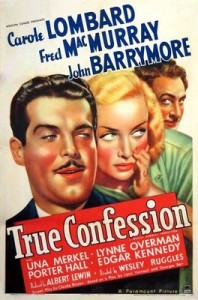 The most sensational movie poster of Zoe’s career was, without a doubt, the rendering she made of provocatively clad Jane Russell for the Howard Hughes feature THE OUTLAW.
The most sensational movie poster of Zoe’s career was, without a doubt, the rendering she made of provocatively clad Jane Russell for the Howard Hughes feature THE OUTLAW.
Howard Hughes was an engineer, inventor, and a man obsessed with women’s breasts. He designed a cantilevered underwire brassiere to emphasize Jane Russell’s “girls”. The bra sounds like it would have been a nightmare to wear — Hughes added curved rods of structural steel which were sewn into the bra below each breast.
Structural steel may be perfect for bridges and skyscrapers, but I think that it would be less than ideal for undergarments, at least in terms of comfort. Just thinking about wearing a bra with steel rods in it makes me wince.
Russell later said that she never wore the bra, and that Hughes never noticed. I can’t believe that he ever took his eyes off of her chest, so maybe he thought that that the steel rods were invisible.
Hughes’ underwire invention wasn’t the only brassiere designed with full-figured Jane Russell in mind. Years later she’d pitch a support bra for Playtex – but it probably didn’t have any structural steel in it.
In 1941 Zoe signed an exclusive fifteen year contract as a top pin-up artist for the publishing company Brown & Bigelow. Brown & Bigelow had other talented pin-up artists under contract such as Rolf Armstrong, Gil Elvgren, and Earl Moran.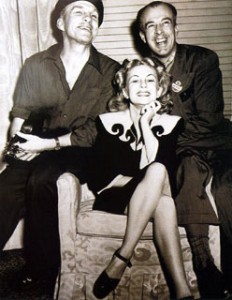
In 1945 Zoe Mozert moved to Hollywood where she worked as an art advisor and as an artist. Her original art, when it is available, is highly sought after. I found an original illustration on the internet for $6500.
Sadly, that’s more than I can afford so I’ll have to be content with searching auction sites, ephemera shows, and antique malls for magazine covers and calendars.
Mozert retired to Sedona, Arizona in 1978 where she continued to work as an artist. She passed away at age 85 in 1993.
